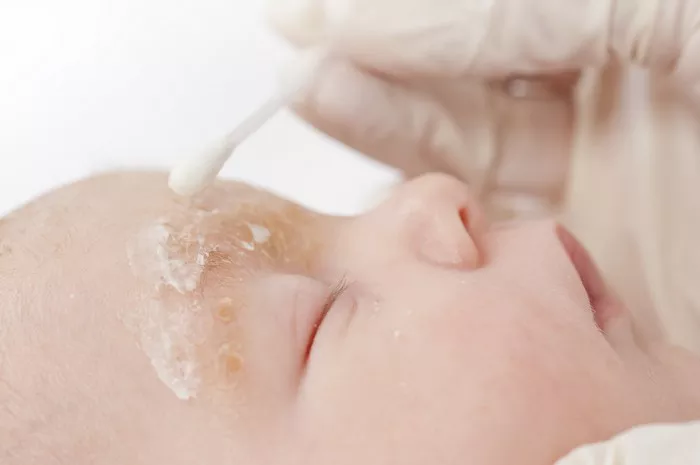Ringworm, also known as tinea corporis, is a common fungal infection of the skin. It is caused by a group of fungi called dermatophytes that feed on keratin, a protein found in the skin, hair, and nails. Ringworm can affect any part of the body, but it is most commonly found on the trunk, arms, legs, and feet.
Understanding Ringworm: Causes and Transmission
Before discussing prevention methods, it’s essential to understand the basics of ringworm. Ringworm is caused by fungi known as dermatophytes, which thrive in warm, moist environments. These fungi can infect the skin, hair, and nails, leading to symptoms such as red, scaly patches, itching, and hair loss.
Ringworm is highly contagious and can spread through direct contact with an infected person or animal, as well as through indirect contact with contaminated surfaces such as towels, clothing, and gym equipment. Additionally, fungal spores shed by infected individuals can linger in the environment, contributing to the transmission of the infection.
Preventive Measures for Ringworm
Preventing ringworm involves adopting a combination of personal hygiene practices, environmental management, and health education initiatives. Here are some effective preventive measures:
1. Maintaining Good Hygiene Practices:
Regularly wash hands with soap and water, especially after touching animals, using the restroom, or engaging in activities that involve close contact with others.
Keep skin clean and dry, paying particular attention to areas prone to sweating, such as armpits, groin, and feet.
Avoid sharing personal items such as towels, clothing, hairbrushes, and sports equipment, as these items can harbor fungal spores.
2. Promoting Cleanliness in Shared Spaces:
Regularly clean and disinfect surfaces that come into contact with multiple individuals, such as gym equipment, locker room benches, and communal showers.
Encourage the use of personal protective barriers, such as towels or clothing, when sitting or lying on shared surfaces.
3. Practicing Proper Animal Care:
Ensure pets receive regular veterinary care, including treatments for fungal infections if necessary.
Wash hands thoroughly after handling animals, especially those known to carry ringworm, such as cats, dogs, and farm animals.
4. Educating Individuals and Communities:
Raise awareness about ringworm transmission, symptoms, and preventive measures through educational campaigns in schools, workplaces, and community centers.
Provide resources and guidance on maintaining good hygiene practices and reducing the risk of ringworm infection.
5. Prompt Treatment of Infections:
Seek medical attention if symptoms of ringworm develop, such as red, scaly patches on the skin or scalp, itching, or hair loss.
Follow healthcare provider recommendations for treatment, which may include antifungal medications applied topically or taken orally.
Environmental Management Strategies
In addition to personal hygiene practices, environmental management plays a crucial role in preventing ringworm transmission. Consider the following strategies:
1. Ventilation and Air Circulation: Ensure adequate ventilation in indoor spaces to reduce humidity levels and discourage fungal growth. Use fans or dehumidifiers in areas prone to moisture buildup, such as bathrooms and basements.
2. Cleaning and Disinfection: Regularly clean and disinfect surfaces, particularly those frequently touched by multiple individuals. Use disinfectants known to be effective against fungi, following manufacturer instructions for proper application and contact times.
3. Laundry Practices: Wash clothing, bedding, and towels regularly in hot water and detergent to kill fungal spores. Dry items thoroughly using high heat to further eliminate any remaining fungi.
4. Personal Protective Equipment: In environments where close contact with potentially infected individuals or surfaces is unavoidable, consider the use of personal protective equipment such as gloves and gowns to minimize the risk of exposure.
Conclusion
Preventing ringworm requires a multifaceted approach that addresses personal hygiene, environmental cleanliness, and education. By implementing strategies such as maintaining good hygiene practices, promoting cleanliness in shared spaces, practicing proper animal care, and educating individuals and communities, the spread of ringworm can be significantly reduced. Additionally, environmental management strategies such as ventilation, cleaning, and disinfection play a crucial role in preventing fungal growth and transmission. By adopting these preventive measures, individuals can protect themselves and others from the discomfort and inconvenience of ringworm infections.
























